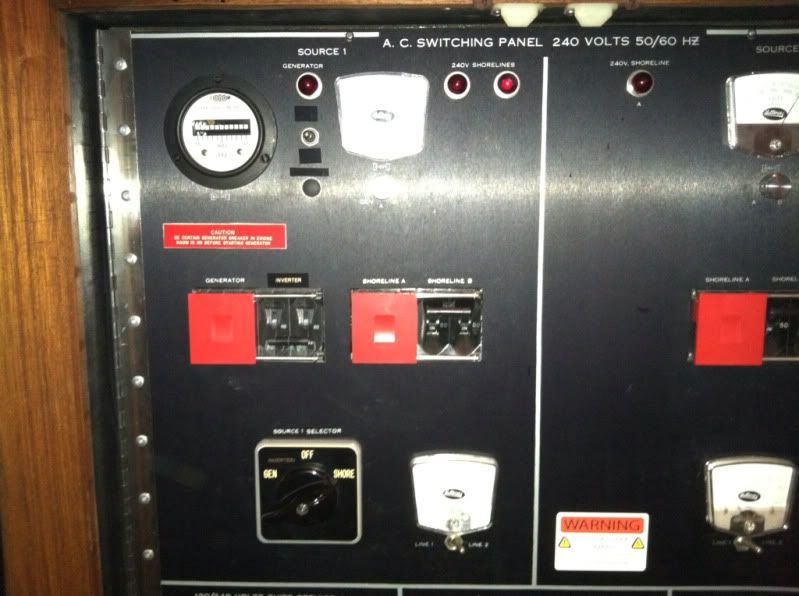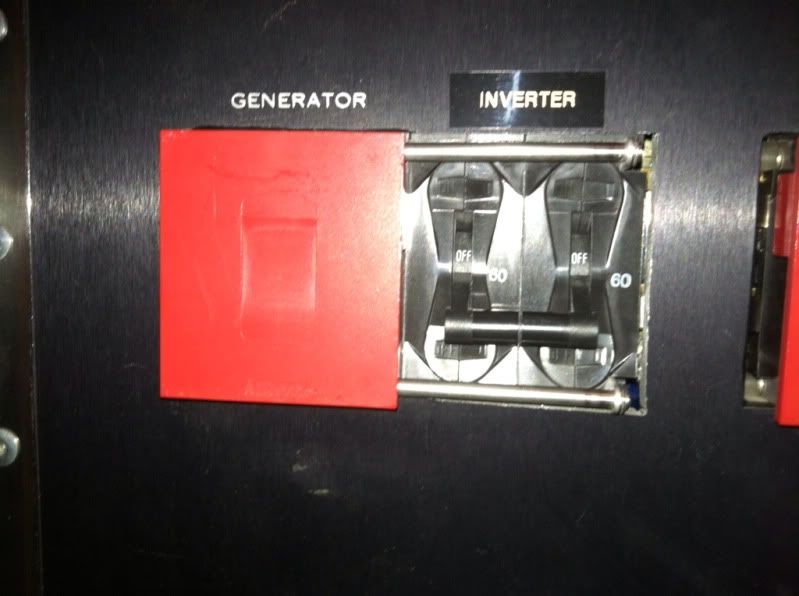SKYCHENEY
Legendary Member
- Joined
- Apr 12, 2005
- Messages
- 15,547
- Status
- OWNER - I own a Hatteras Yacht
- Hatteras Model
- 53' EXTENDED DECKHOUSE (1983 - 1988)
Can you charge the starting bank with your Outback? My installer said the boat isn't set up to let the current flow that way. That my Analyitc will charge both banks but the Outback house only. ??
Same here. I can charge the house bank with the Outback while the Analytic will charge both banks independently.
I also have the option of tying both banks together, so technically, it is possible to charge both with the Outback, but it would look at it as one big bank and not two independent banks.



